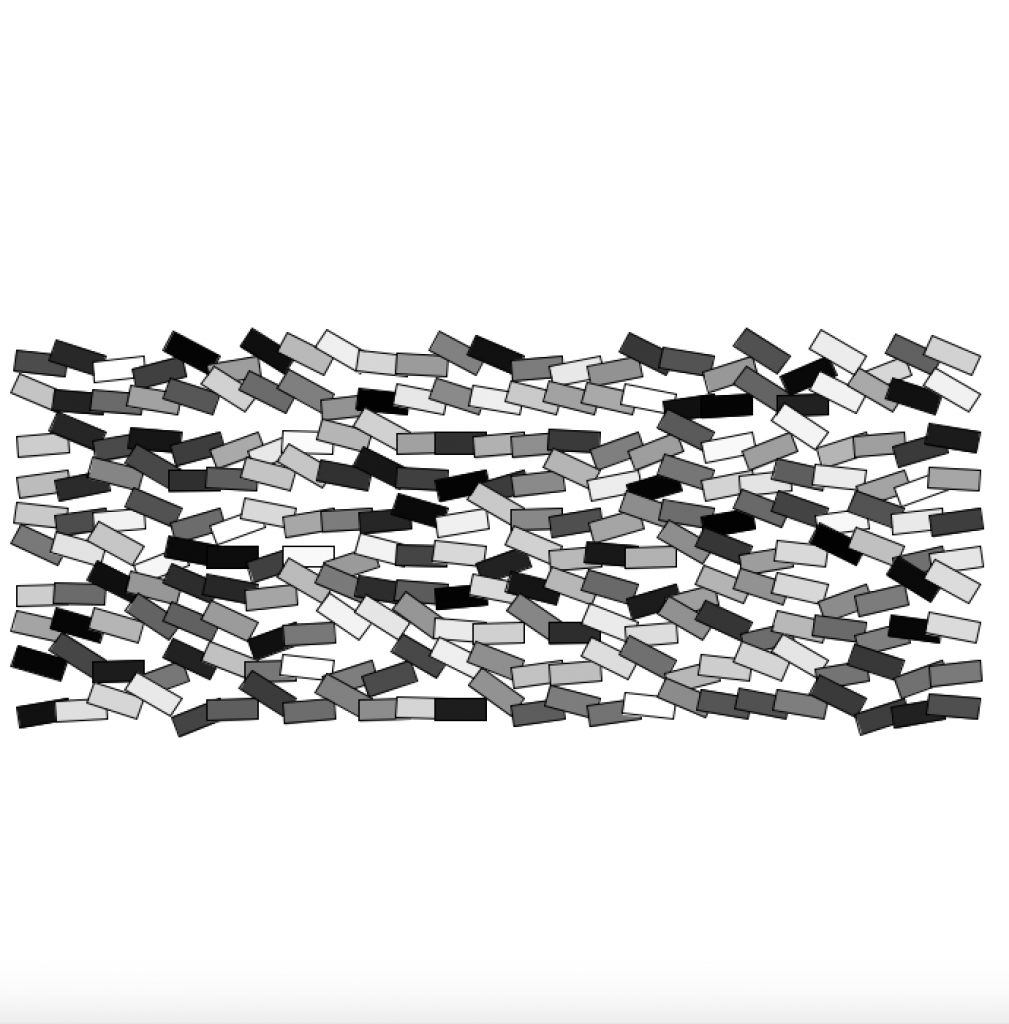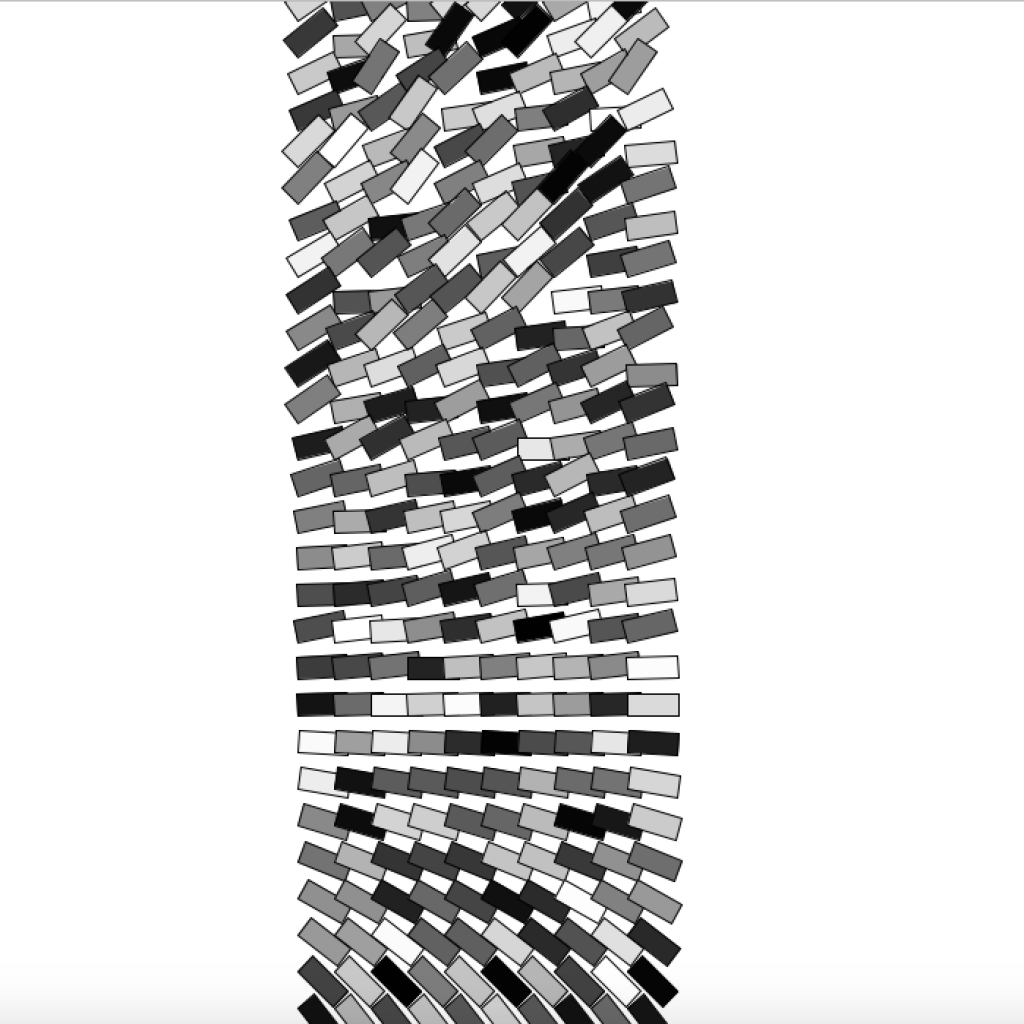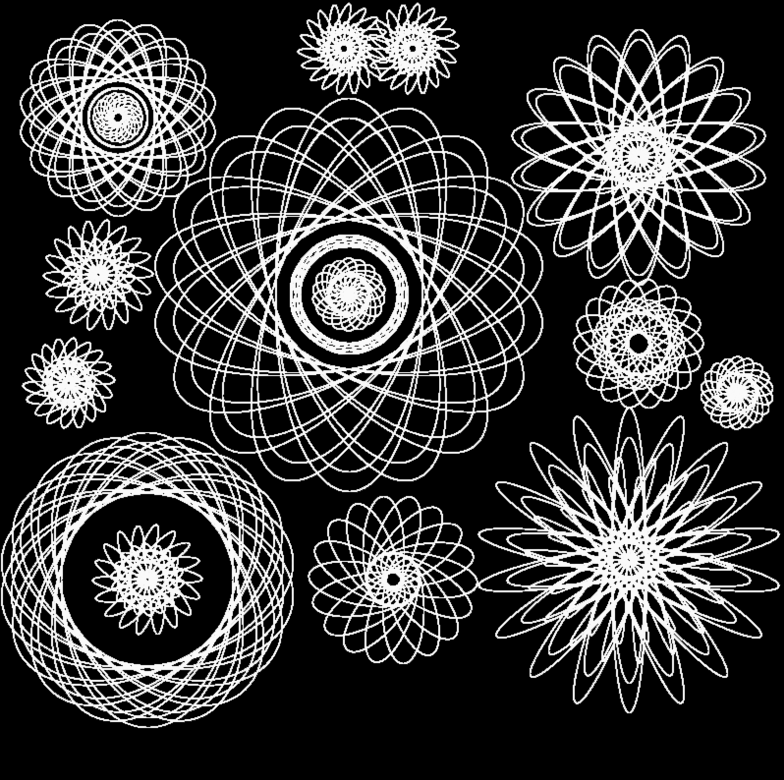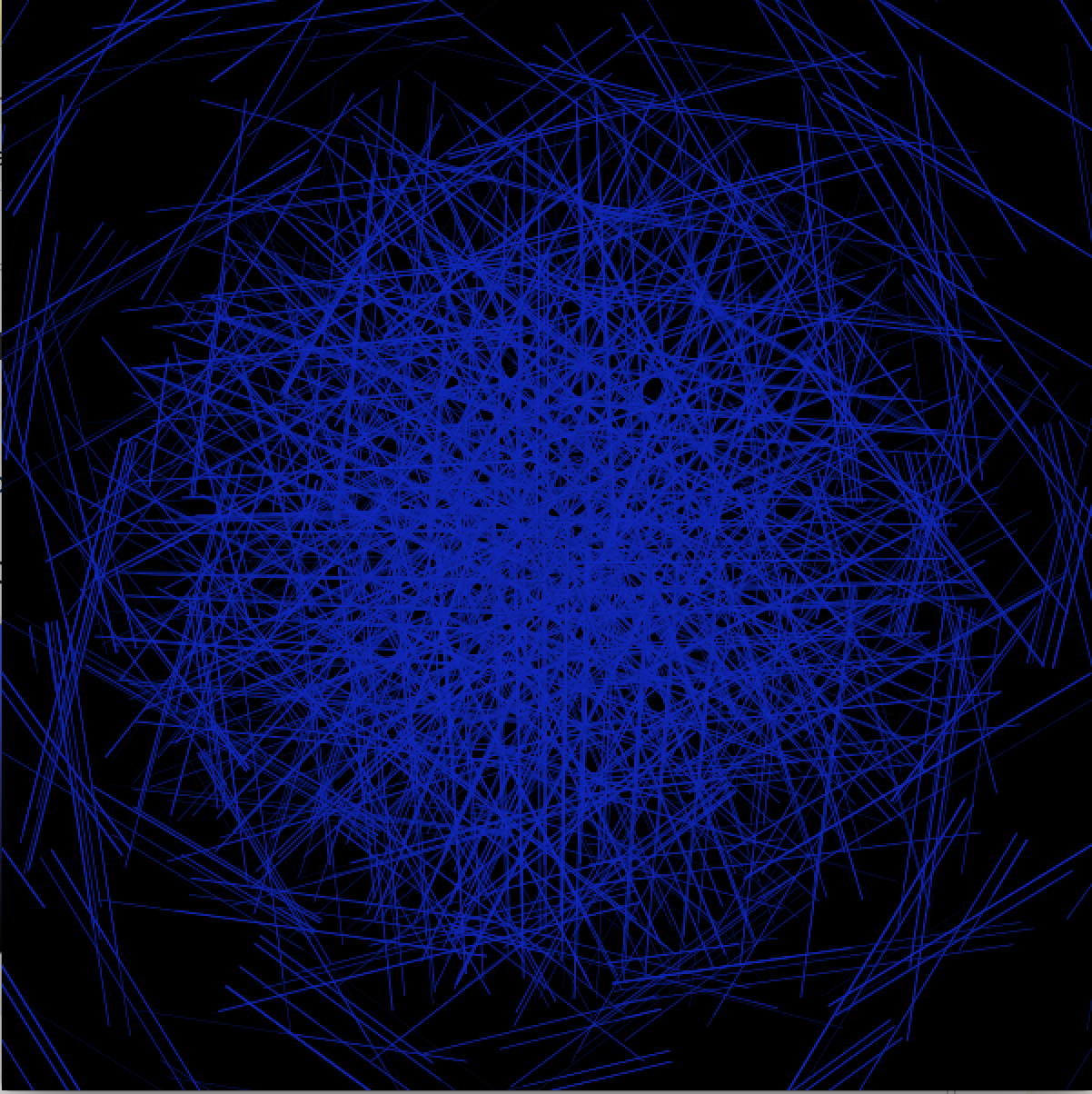I started creating this series of works by observing Nees’s works. Nees’s works showed us that he tried to explore the creative potentials of randomness, especially algorithmic randomness. He finally presented the way that randomness could against a formal structure in his works.
When I started creating my series of works, I did not have a clear full image of the shapes I want to develop. I started doing some drawings on my sketchbook by following Nees’s rationale that letting randomness became a part of the picture with a formal structure. Some rectangular shapes I drew on my sketchbook reminded me of the game of Domino I played when I was young. I think the game of Domino could also be an example of playing randomness with a formal structure because you could randomly decide where you want to put each of your Domino. With those random placements, you also have to calculate the places between each Domino. Otherwise, you would not get a fluid flow after you start pushing them and the whole structure would be cut in the middle. This Domino game is not an exactly correct example to be used to respond to Nees’s works, but it led me to decide to create my series of images relating to my memory on the randomness of Domino.
The first image of my series is built on Nees’s squares. As I said, I used rectangles because of the idea of Domino game. I also randomize colors in my works, but only include colors of different levels of grey. The way I choose the use of colors is also a part of my response to Nees’s use of randomness: using randomness with a control. The second and third images are created by following the same strategy and rationale. As I was doing this prompt, I gained a better understanding of ‘heuristic.’ When I developed my images step by step, I was also on my way discovering an aesthetic. The whole process can be a process of elimination, but also can be a guideline for decision-making.
In the book ‘When the Machine Made Art,’ Taylor describes randomness as a procedure with which to disrupt the predictability of the computer (Taylor, p94). Especially, he points out that using those random numbers to determine where and how to place the graphic elements could allow the artist to proceed new aesthetic configurations. Taylor uses Nees’s works as an example here to show the way that random parameters and generative functions can produce variation in form and figure. I think what Taylor points out here are exactly the main characteristics of Nees’s works. I felt Nees’s works are unique when I first saw them. The reason is that elements in his images are developed in a way that you would not expect. However, Nees also take good control over those ‘unexpected elements’ by giving them a fluent flow that the viewer can follow and feel the artist’s control over randomness. In other words, the combination of the controlled randomness and a formal structure let me notice those new aesthetic configurations.
Moreover, I was fascinated by how Taylor explained random behavior in his book. He said: “The search for random behavior is an enduring trait of human behavior” (Taylor, p90). The reason is that he thinks the use of randomness in societies mostly tend to ensure fairness, to prevent dissension, and to attain divine direction (Taylor, p90). To me, this is a brand new perspective of viewing random behavior, which is to think about how random behavior origins in human nature. From this perspective, I think randomness deserves more chances to be applied when artists create their works because artworks also need ‘fairness’ and ‘divine direction.’ In the computer art, the computer can provide the chance to solicit divine direction for arts since randomness happening in the machine can somehow eliminate human interference. Within that ‘divine direction,’ we could offer ‘fairness’ for each element in the work.





